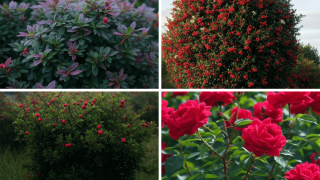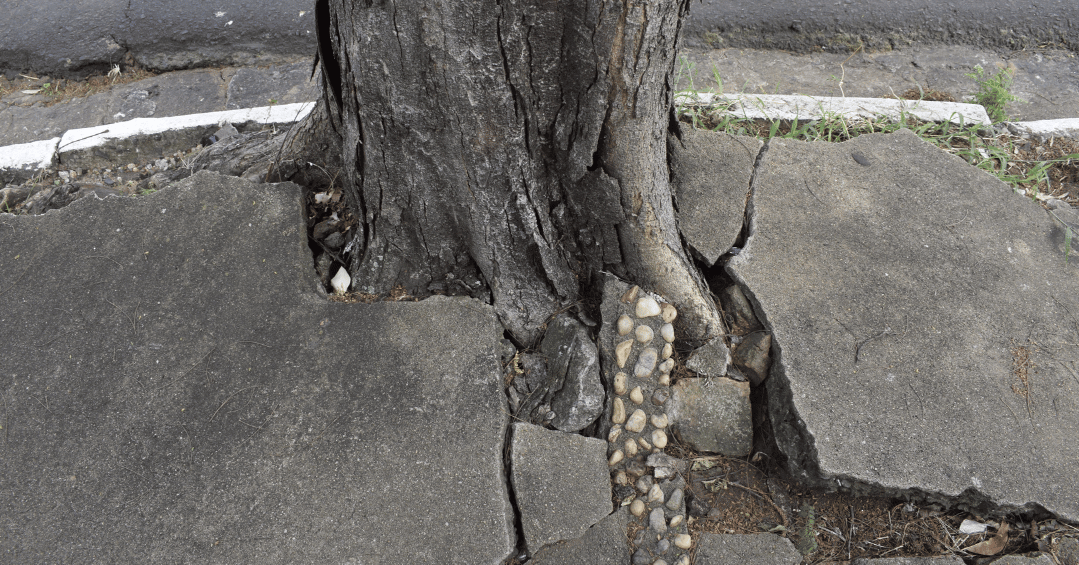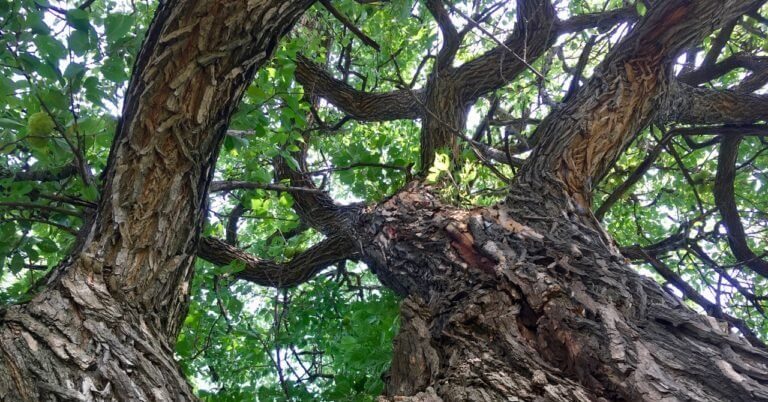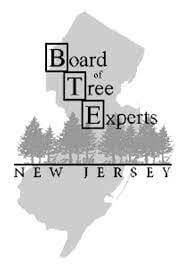Bushes with thorns are more common than you think. They grow in backyards, along fences, and even in public parks. Some are native, and others are invasive. Many are beautiful. Some are useful. But they all have one thing in common—thorns.
This guide will help you with bushes with thorns identification. Knowing what’s growing on your property can help you make smart decisions about care, pruning, or removal.
Why Do Bushes Have Thorns?
Thorns are a plant’s way of saying, “Stay back.”
They protect against animals. Thorns stop deer, rabbits, and other wildlife from eating the plant. For some bushes, thorns help them climb. For others, they act as a shield.
You might find thorns on stems, branches, or even leaves. And not all thorns are the same. Let’s look at the different types.
Types of Thorns and Their Characteristics
- Thorns – These grow from the plant's stem. They’re sharp and hard. Examples: hawthorn and firethorn.
- Spines – These grow from leaves or leaf stems. They’re thin but very sharp. Example: barberry.
- Prickles – These are small, sharp outgrowths from the outer layer of the plant. Think of rose bushes.
Knowing the difference can help with proper pruning. It also helps you know how to handle the plant safely.
Common Varieties of Thorny Bushes
Here are some of the most common bushes with thorns you may see in Delaware, Pennsylvania, and New Jersey.
- Barberry (Berberis)
- Small bush
- Red, green, or purple leaves
- Tiny thorns along the stems
- Often used in landscaping
- Can become invasive
2. Pyracantha (Firethorn)
- Evergreen
- Sharp thorns on branches
- White flowers in spring
- Bright red or orange berries in fall
- Often used as a hedge
3. Hawthorn (Crataegus)
- Small tree or large shrub
- Large thorns up to 3 inches
- White or pink blossoms
- Bright red fruit in fall
- Can grow wild or be planted
4. Rose Bushes (Rosa spp.)
- Common in gardens
- Prickles along stems
- Beautiful flowers in many colors
- Needs regular pruning
- Can become overgrown and tangled
5. Blackthorn (Prunus spinosa)
- Dense, shrubby tree
- Dark bark and sharp thorns
- White flowers in early spring
- Sloe berries in fall
- Can be invasive if not managed
6. Gooseberry and Currant (Ribes spp.)
- Small, edible fruits
- Thorns at nodes
- Common in wild areas
- Leaves resemble maple leaves
- Birds love the berries
Other Thorny Plant Types
Not all thorny plants are bushes. There are thorny trees, thorny vines, and even thorny succulents.
These are often called spinescent plants—plants that grow thorns, spines, or prickles for protection. Some have thorns on stems, others have thorns on leaves. You might spot a trumpet-flowered plant covered in sharp growths or thorny vines climbing a fence line. Thorny trees like honey locust or hawthorn can grow tall but still pack a sharp punch.
Some thorny fruit plants like wild blackberries offer sweet rewards but can be tricky to handle without gloves. If you're looking at thorn plant images to figure out what's in your yard, it helps to know that thorny species come in many forms—not just as thorny bushes. Identifying the type—whether it’s a vine, tree, or succulent—can help you decide how to manage or care for it.
Purposes and Uses of Thorny Plants
Thorny plants may look intimidating, but they serve important purposes in nature and around your home. Thorns are a natural defense mechanism, helping protect plants from animals and pests. This herbivore deterrence is a result of natural selection—plants that could defend themselves survived and passed those traits on.
For homeowners, thorny bushes can be useful as hedges for privacy, seasonal landscape interest, and even as a trespasser deterrence. Many also offer visual interest with colorful berries or blooms that attract wildlife like birds. Some thorny plants have ornamental value and can be shaped through pruning to fit your landscape design. Whether you’re using them for privacy or just love their bold look, thorny bushes have more to offer than you might expect.
How to Identify Bushes with Thorns
Here’s a quick checklist when trying to identify a thorny bush:
- Where is it growing? Wild area? Garden? Fenceline?
- What do the thorns look like? Long, short, straight, or curved?
- What do the leaves look like? Round, jagged, or smooth?
- Are there flowers or berries? What color and shape?
- When does it bloom or fruit?
Take photos of the plant. Look at leaf patterns, bark texture, and thorn shape. Use plant ID apps or ask an arborist.
At Strobert Tree Services, we often get calls about mystery thorny plants. Some are harmless. Others are invasive or dangerous.
What to Do If You Have a Thorny Bush
- Prune it – Many thorny bushes can be shaped and controlled. Prune in winter or early spring when they’re dormant.
- Remove it – If it’s growing out of control or posing a safety risk, consider removal.
- Treat it – Some bushes may have pests or diseases. Certified arborists can check plant health.
Contact Strobert Tree Services
If you’re dealing with thorny bushes, we’re here to help. At Strobert Tree Services, our certified arborists specialize in bushes with thorns identification, safe pruning, and plant health care. Whether it’s overgrown shrubs or mystery plants with sharp thorns, we’ll assess your yard and recommend the right solution. We don’t just trim—we identify, treat, and, if needed, remove unwanted growth safely and professionally.
Serving Delaware, Pennsylvania, and New Jersey, we make it easy to care for your landscape with free evaluations and custom care plans. Let Strobert Tree Services take the guesswork out of plant care and keep your yard safe, clean, and thriving.











